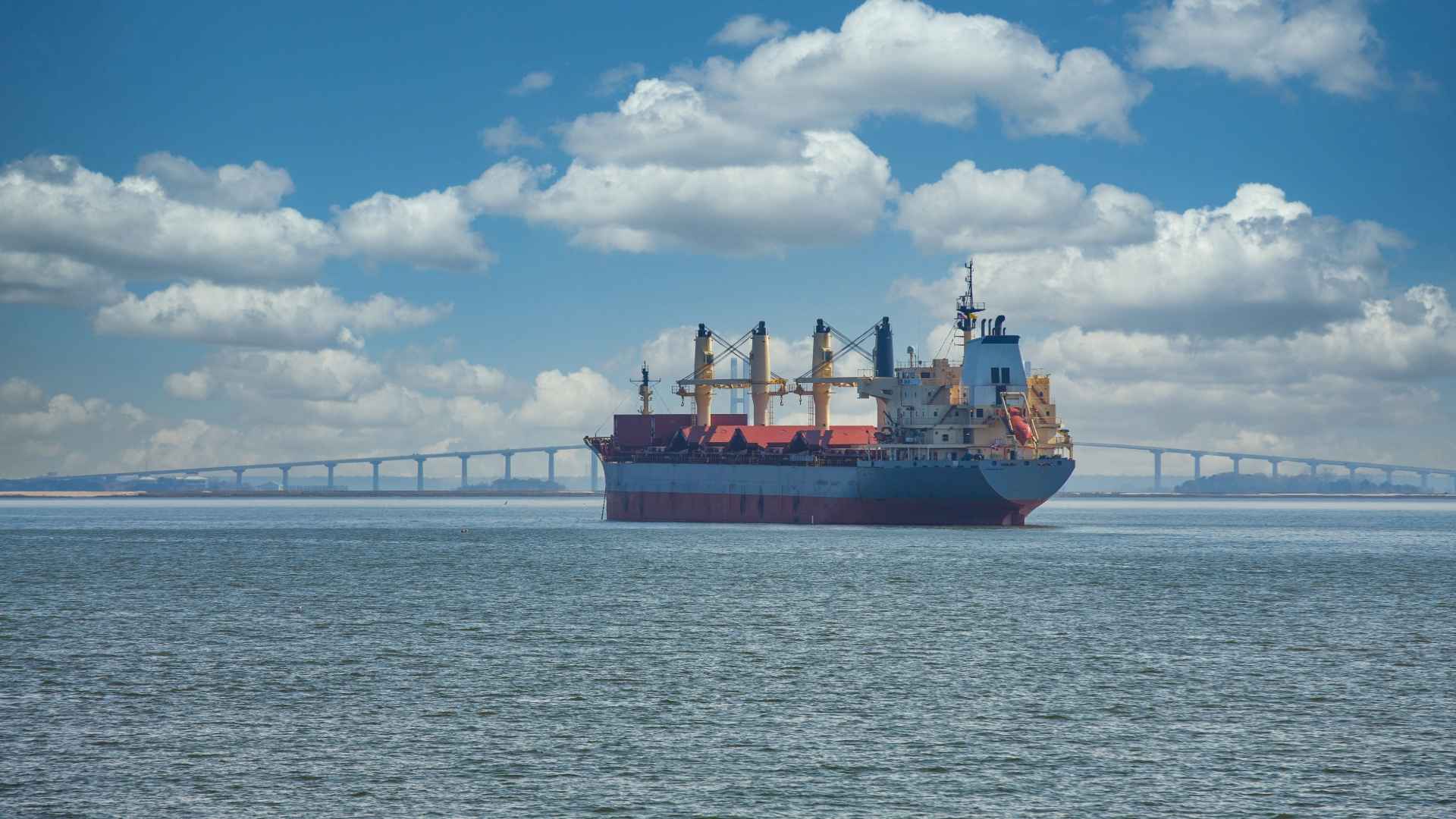Introduction
In a significant step toward modernizing coastal transportation infrastructure, Argyll and Bute Council, through its environmental and engineering consultant RPS Tetra Tech, is preparing to submit Marine Licence applications in January 2026 for dredging and construction works at two strategic locations: Gigha and Tayinloan. Though classified as two separate projects for regulatory purposes, the proposed developments are progressing in tandem due to their shared objective: enhancing ferry infrastructure at both ends of a critical marine transport route.
This dual effort focuses on implementing marine dredging and structural upgrades to accommodate the next generation of ferry vessels, including hybrid-powered ships, which are crucial to Scotland’s transition to more sustainable maritime transport.
Supporting Regional Connectivity with Improved Ferry Infrastructure
The ferry route between Gigha and Tayinloan plays a crucial role in regional mobility, connecting the Isle of Gigha with mainland Scotland. This lifeline service facilitates not only passenger transit but also the transport of goods, medical supplies, and economic resources crucial for island communities. The Council’s decision to invest in marine dredging and associated infrastructure upgrades underscores the importance of maintaining and modernizing these vital transport links.
Both projects have undergone the scoping process and are registered under Scoping Opinions SCOP-0053 (Gigha) and SCOP-0055 (Tayinloan), which lay out the environmental considerations and technical parameters for the forthcoming marine licence applications.
Gigha Project: Upgrades at Ardminish Bay
At Gigha, the marine dredging works will be carried out in Ardminish Bay, where the primary ferry slipway is located. The key components of this project include:
- Widening the existing slipway will accommodate the berthing and maneuvering needs of larger or hybrid-powered vessels, improving docking safety during tidal fluctuations.
- Adding a new overnight charging berth: As hybrid ferries become more integral to the Scottish ferry network, the need for on-site charging infrastructure has become critical. This overnight berth will enable vessels to recharge using shore power, reducing emissions and reliance on diesel engines.
The marine dredging component at Gigha will ensure sufficient water depth for hybrid vessels, which may have different draft requirements compared to current ships. Dredging will involve the removal of accumulated sediments and seabed material to create a safe and navigable approach for these upgraded ferries.
Tayinloan Project: Breakwater and Slipway Enhancements
On the mainland, the Tayinloan project aims to complement the Gigha upgrades by strengthening port infrastructure to handle increased capacity and operational efficiency. Planned activities include:
- Extending the existing breakwater: This measure will improve harbor protection, making docking safer and more resilient during adverse weather conditions. It also contributes to the long-term durability of the ferry terminal.
- Renewing the alignment structure: This component will realign the ferry slipway to accommodate the new vessel configurations, thereby enhancing the boarding and disembarking processes for both passengers and vehicles.
As with Gigha, marine dredging will be required at Tayinloan to ensure a deeper, more uniform channel and berth area. This is essential for accommodating newer ferries with different hull shapes and propulsion systems, as well as preventing grounding during low-tide operations.
Environmental and Technical Considerations in Marine Dredging
Marine dredging in ecologically sensitive coastal areas requires meticulous planning to minimize environmental impacts. The Council and RPS Tetra Tech are expected to submit Environmental Impact Assessments (EIAs) as part of the marine licence applications to Marine Scotland. These assessments will cover the potential effects of dredging on marine habitats, sediment dispersion, water quality, and local biodiversity.
Modern dredging techniques—such as environmental dredgers with low-turbidity capabilities—may be employed to reduce the release of fine sediments and pollutants. Timing restrictions may also be enforced to avoid disrupting fish spawning seasons or migratory bird patterns.
By pairing dredging with other eco-conscious construction methods, the projects aim to strike a balance between infrastructure development and environmental stewardship.
Strategic Importance of Dredging for Scotland’s Coastal Transport
The planned marine dredging at Gigha and Tayinloan is part of a broader strategy to future-proof Scotland’s maritime transport infrastructure. Across the nation, similar dredging projects are being initiated to support vessel modernization, reduce carbon emissions, and enhance connectivity for island communities.
Dredging remains a fundamental technique in coastal engineering. It enables ports and ferry terminals to adapt to changing sea levels, sedimentation patterns, and evolving vessel specifications. Without regular dredging, slipways and berths risk becoming non-operational due to sediment buildup, leading to service disruptions and economic loss.
In the case of Gigha and Tayinloan, the dredging operations will pave the way for safer, more efficient ferry services, ensuring that transportation remains reliable and accessible throughout the region.
Community Engagement and Project Timeline
Both projects are expected to involve ongoing community engagement, enabling residents and stakeholders to voice their concerns and receive regular updates. Public consultations are expected to be held following the submission of the marine licence applications in early 2026.
Pending regulatory approval, construction and dredging activities are expected to commence later that year or in early 2027. The Council is committed to minimizing disruption during the works, particularly given the essential nature of ferry services for residents and visitors.
Conclusion
The proposed marine dredging projects at Gigha and Tayinloan represent a forward-thinking investment in Scotland’s coastal infrastructure. By enhancing ferry slipways, constructing new berthing facilities, and deepening approach channels, Argyll and Bute Council is laying the groundwork for a more resilient, sustainable, and efficient maritime transport system.
As ferry technology evolves and environmental standards rise, marine dredging will continue to play a vital role in adapting coastal facilities to meet the future of transport. The twin projects at Gigha and Tayinloan serve as a testament to the strategic vision and collaborative planning required to support both community needs and national transportation goals.
